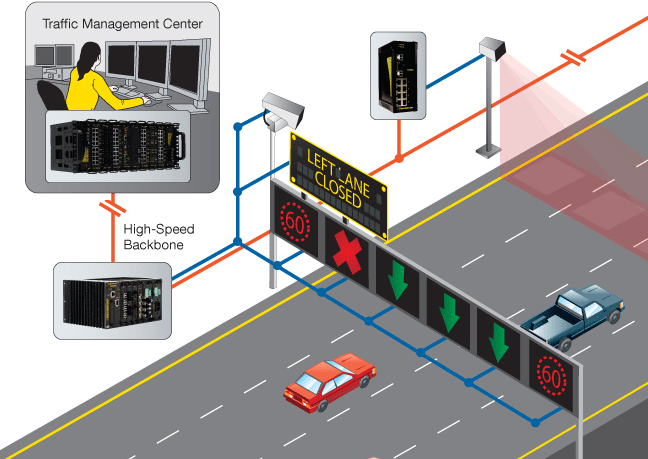In an era where environmental concerns are at the forefront of global discourse, the logistics and transportation sectors are under increasing pressure to adopt sustainable practices. As the world grapples with climate change, the question arises: What is the most sustainable freight transport? This article delves into various modes of freight transport, evaluates their environmental impact, and highlights innovative solutions that promise a greener future.
Understanding Sustainability in Freight Transport
Sustainability in freight transport refers to the ability to meet current transportation needs without compromising the ability of future generations to meet theirs. This encompasses a range of factors, including greenhouse gas emissions, energy consumption, resource depletion, and social impacts. The goal is to create a transport system that minimizes environmental harm while maximizing efficiency and economic viability.
Evaluating Freight Transport Modes
- Road Transport
- Current Landscape: Road transport remains the most common mode for freight, accounting for approximately 70% of all goods transported in many regions. However, it is also one of the largest contributors to greenhouse gas emissions.
- Sustainable Innovations: The shift towards electric and hybrid vehicles is gaining traction. Companies like Tesla and Rivian are pioneering electric trucks that promise to reduce emissions significantly. Additionally, the use of biodiesel and alternative fuels can further enhance sustainability.
- Rail Transport
- Efficiency and Emissions: Rail transport is often considered one of the most sustainable modes due to its ability to move large volumes of goods over long distances with lower emissions per ton-mile compared to road transport.
- Future Prospects: Innovations such as hydrogen-powered trains and electrification of rail lines are set to enhance the sustainability of rail freight. Countries like Germany and the UK are investing heavily in these technologies, aiming for a zero-emission rail network.
- Maritime Transport
- Global Trade Backbone: Maritime transport is responsible for around 90% of global trade by volume. However, it is also a significant source of CO2 emissions.
- Sustainable Shipping Practices: The International Maritime Organization (IMO) has set ambitious targets to reduce emissions by at least 50% by 2050. Solutions such as wind-assisted propulsion, biofuels, and the adoption of cleaner technologies are being explored to achieve these goals.
- Air Freight
- High Emissions, High Value: While air freight is the fastest mode of transport, it is also the most carbon-intensive. It is typically reserved for high-value or time-sensitive goods.
- Emerging Solutions: The aviation industry is exploring sustainable aviation fuels (SAFs) and electric aircraft. Companies like Airbus are developing hybrid-electric planes, which could revolutionize air freight in the coming decades.
Integrated Logistics and Multimodal Transport
To maximize sustainability, the integration of different transport modes—known as multimodal transport—can be highly effective. By combining the strengths of each mode, businesses can optimize routes, reduce emissions, and improve efficiency. For instance, using rail for long-distance transport and trucks for last-mile delivery can significantly cut down on overall emissions.
The Role of Technology in Sustainable Freight Transport
Advancements in technology are pivotal in driving sustainability in freight transport. Key innovations include:
- Telematics and IoT: These technologies enable real-time tracking of vehicles and cargo, optimizing routes and reducing idle times, which in turn lowers fuel consumption.
- Blockchain: Enhancing transparency and efficiency in supply chains, blockchain can help reduce waste and improve resource allocation.
- Artificial Intelligence: AI can predict demand and optimize logistics operations, leading to more efficient transport planning and reduced environmental impact.
Conclusion: The Path Forward
Determining the most sustainable freight transport solution is not a one-size-fits-all answer. It requires a nuanced understanding of the specific needs of businesses, the nature of the goods being transported, and the geographical context. However, the convergence of innovative technologies, alternative fuels, and integrated logistics presents a promising path toward a more sustainable future in freight transport.

